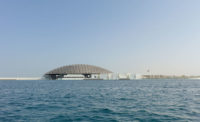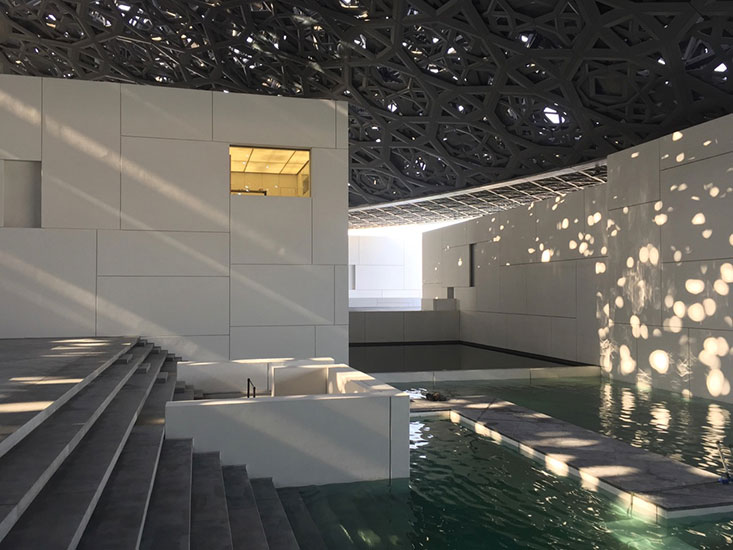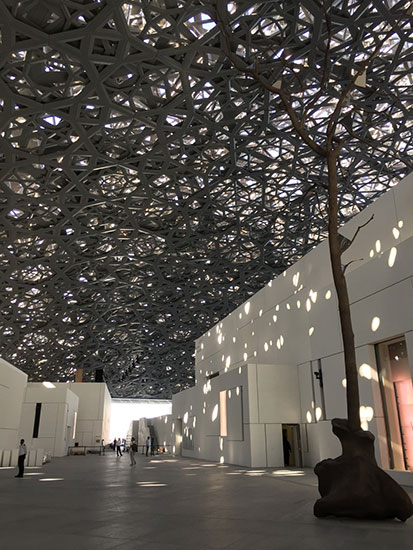Jean Nouvel Unveils the Louvre Abu Dhabi

Photo © Louvre Abu Dhabi, by Roland Halbe

Photo © Architectural Record

Photo © Architectural Record

Photo © Architectural Record

Photo © Architectural Record

Photo © Architectural Record

Photo © Architectural Record

Photo © Architectural Record

Photo © Architectural Record

Jenny Holzer piece commissioned by the Louvre Abu Dhabi
Photo © Architectural Record

Photo © Architectural Record











Architects & Firms
"We didn't want to do a building, we wanted to create a neighborhood,” said Hala Wardé of the Louvre Abu Dhabi, which opened its doors to press today in anticipation of its official opening on November 11. “Every room of this museum was going to become a building, and we designed it as a sequence, for a promenade.” Wardé, a longtime collaborator of the Paris-based Pritzker Prize laureate Jean Nouvel and project architect of the Louvre Abu Dhabi, recalled the moment during construction that had everyone holding their breath; “When we removed all the temporary structure from the dome, that was tense—luckily, there were no surprises.”
That 590-foot-wide dome is the signature feature of Nouvel’s most anticipated project to date. Supported by only four hidden, permanent piers, each 360 feet apart, the dome appears to float above the 55 white buildings beneath it, 23 of them galleries. The dome’s complex pattern is the result of a highly studied geometric design, repeated at various sizes and angles in eight superimposed layers, including four outer layers in steel.

Image © Architectural Record
The designers conceived of the dome as a modern take on a major motif in Arab architecture. Said Nouvel at the press conference: “I am a contextual architect. I can’t imagine a project like this if it doesn’t belong to the local culture.”
Nouvel was selected in 2006 to design the first museum of a new cultural district on the then-deserted Saadiyat Island, just off the coast of the Emirati capital. “There was nothing but sand and water,” said Nouvel.
The Louvre Abu Dhabi was set in motion by an intergovernmental agreement between the United Arab Emirates and France signed on March 6, 2007. Thirteen French museums, including the Musée du Louvre, Musée de Cluny, and the Château de Versailles, are lending artworks.
Read our expanded story on the Louvre Abu Dhabi online and in the December issue.















